It happens all too often — faulty electrical wiring, a space heater placed too close to a bed or a garage grilling session sparks a fire that engulfs a home, resulting in devastation and lives lost.
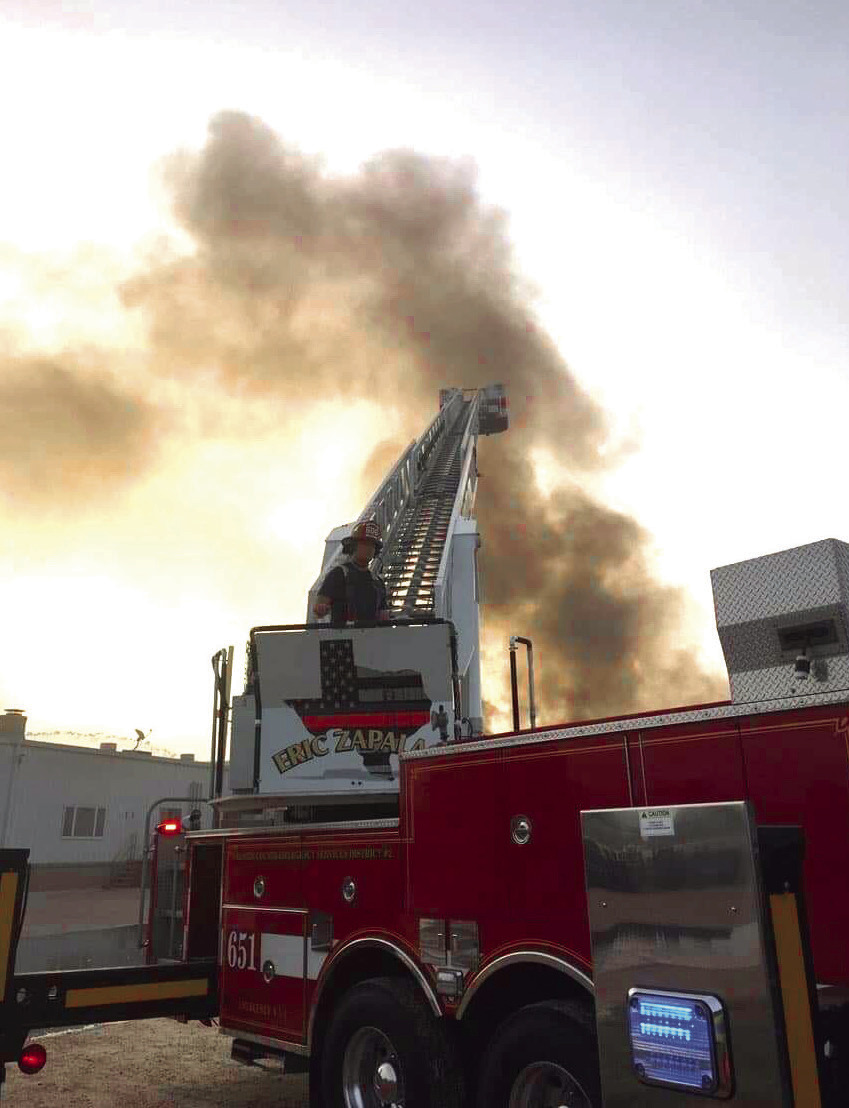
These occurrences and the potential damage and fatalities from natural disasters such as floods, hurricanes, hail, lightning, tornadoes, and grassfires are well-known to the Sealy Fire Department, which battles them all year-round. To lower the probability of fires in homes and businesses and bring awareness of what to do in a disaster, the Sealy Fire Department urges citizens to practice emergency preparedness using these key tips.
These emergencies are not limited to natural disasters but apply to power outages and medical emergencies. In these scenarios, Casiano said installing smoke detectors, having flashlights and backup power sources, and keeping a first aid kit handy are all essential. Learning to administer basic first aid and CPR can also save lives.
“Many situations are unpredictable, and the best response can still be the wrong one,” Casiano said. “The key is to stay calm, think clearly and quickly, and prioritize your immediate safety.”
PREPARING FOR A FIRE OR NATURAL DISASTER
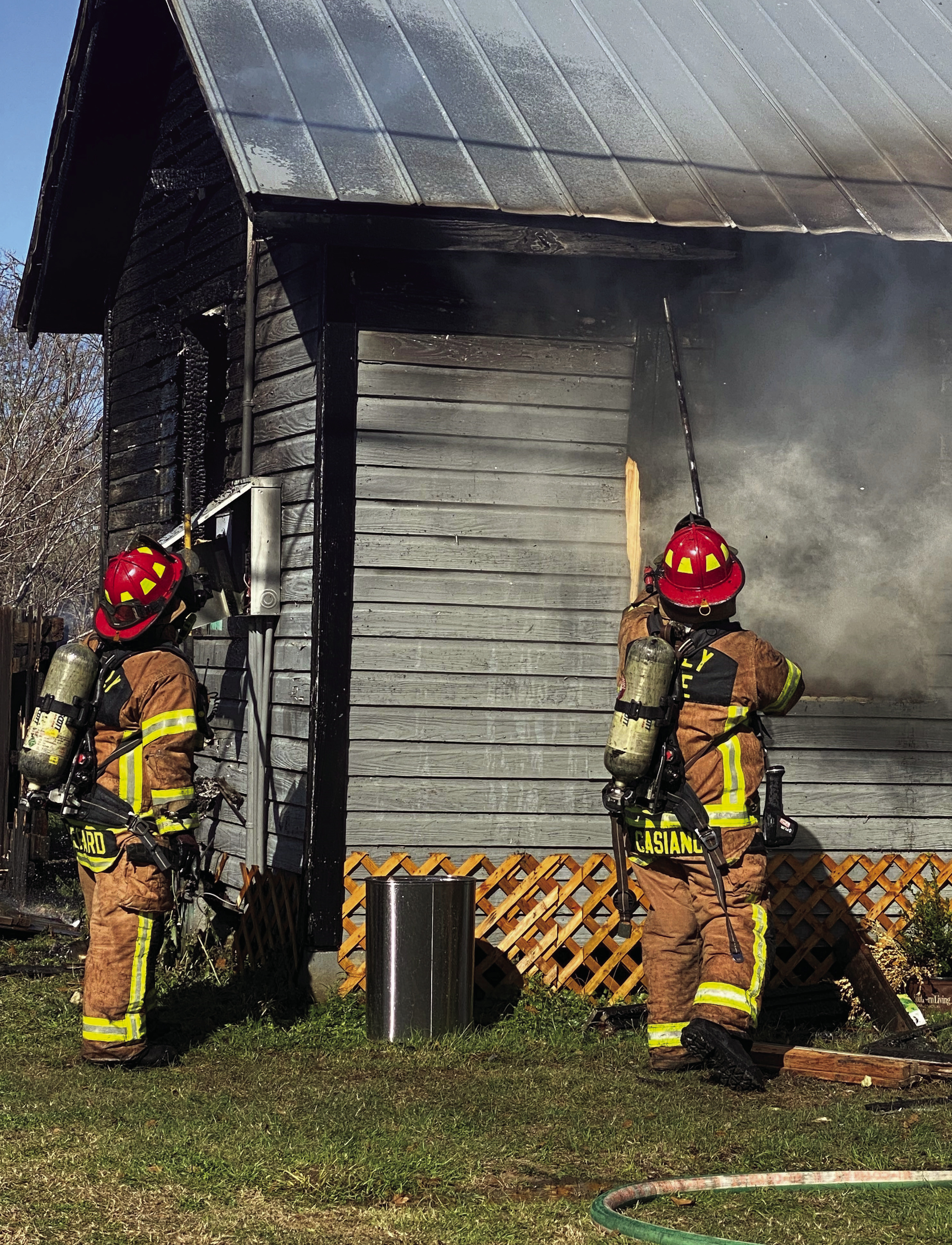
Knowing what tools to have and what to do in a fire or natural disaster could make all the difference between life and death. To help prevent fires, install and regularly check smoke alarms. Purchase fire extinguishers and plan escape routes by identifying two ways out of each room, using safety ladders for upper floors. Designate a safe meeting place outside your home, Casiano said, and regularly practice an evacuation plan with all occupants.
Having an Emergency Action Plan (EPA) helps gain control. The communication plan should include contacts and predetermined meeting places established in the event of separation during an emergency.
In the case of both residential and commercial structures, it also helps emergency services get an accurate head count of those outside vs. those who may still be left inside, according to the Occupational Safety and Health Administration (OSHA).
In the wake of a flood, hurricane or tornado, Casiano stressed the importance of being prepared before, during and after such events by securing the property and staying informed about weather updates.
Ready.gov, a website that provides education and information on emergency preparedness, recommends preparing an emergency “Go Bag” beforehand that contains essentials needed for a quick evacuation, such as water, food, medicine, important documents, clothes, and a flashlight. For a list of supplies and guidance on how to build an emergency Go Bag, visit ready.gov/kit.
If there is a power outage, be ready by investing in alternative charging methods for your devices, such as solar chargers or battery packs. Also, learn how to override electric garage doors or gates manually
Being prepared for an emergency includes being financially prepared. Sealy FD recommends keeping a small amount of cash or traveler’s checks in your emergency kit in case ATMs and credit card machines are not functioning during a disaster. Be sure to also maintain a record of your medical information and personal property for insurance purposes.
It also is wise to open a savings account for emergencies and keep a small amount of cash at home in a safe place. Investing in a fireproof safe or filing cabinet can also help prevent valuables and essential documents from potentially being destroyed in a fire.
Businesses should also take financial emergency preparedness precautions by holding brown bag meetings, educating staff with materials on Ready. gov such as safeguard critical documents and valuables packet provided by the Federal Emergency Management Agency (FEMA), and including financial preparedness information in their staff newsletters.
GRASSFIRES
Grassfires, also known as wildfires, can start suddenly and spread quickly, particularly during periods of extended drought and high temperatures. As with other natural disasters, Casiano advised staying aware of fire danger levels and warnings in your area using the Austin County website or calling the nonemergency line of the Austin County Sheriff’s Office.
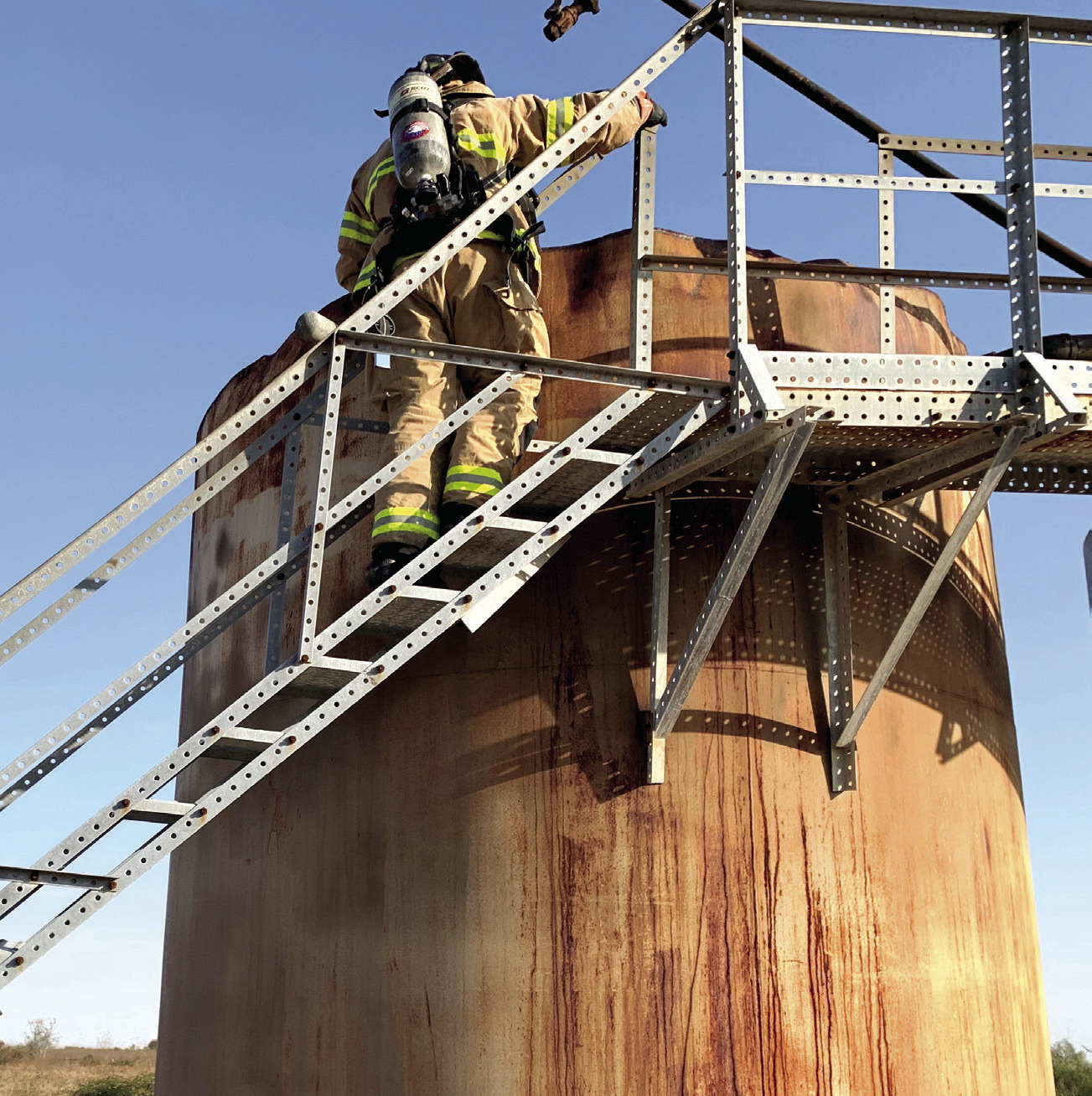
SOME ADDITIONAL GUIDELINES INCLUDE:
- Create a defensible space, a buffer between your structure and the surrounding area. Remove flammable vegetation and materials within at least 30 feet of your home.
- Keep the grass mowed and watered, as short, green grass is less likely to catch fire.
- Trim trees and remove dead branches to reduce fuel for the fire.
- Maintain a clean yard by regularly disposing of leaves, branches, and clippings.
- Store firewood and other combustible materials away from your home.
- Have an accessible water source such as a garden hose, water tank or yard hydrant ready for emergency use.
- Consider installing sprinklers to dampen your property if a fire approaches.
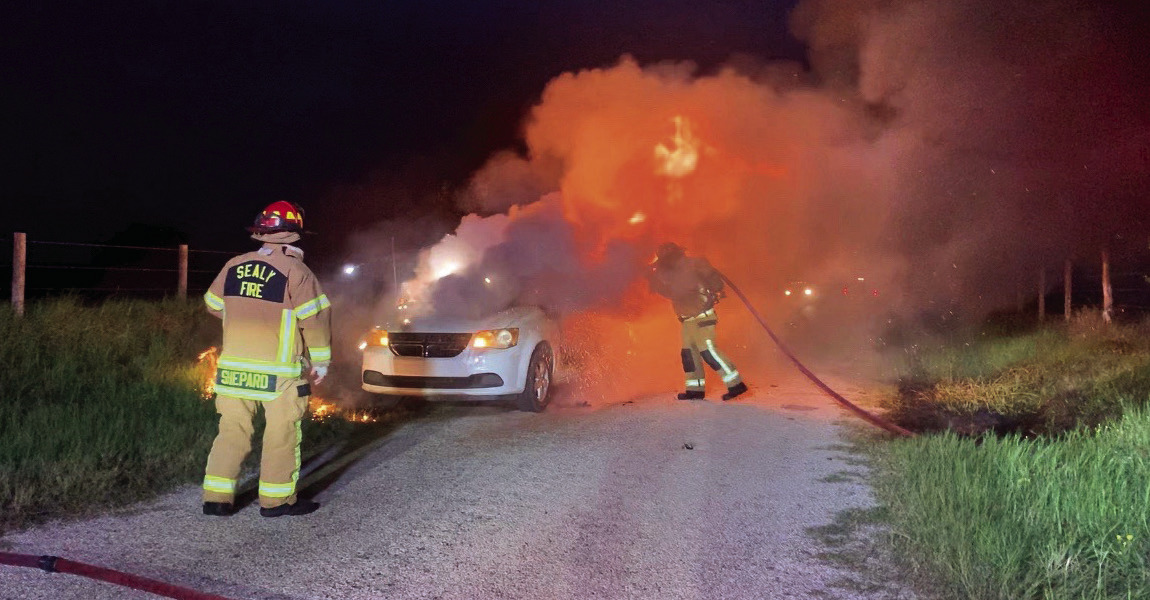
EMERGENCY FINANCIAL PREPAREDNESS
Being prepared for an emergency includes being financially prepared. Sealy FD recommends keeping a small amount of cash or traveler’s checks in your emergency kit in case ATMs and credit card machines are not functioning during a disaster. Be sure to also maintain a record of your medical information and personal property for insurance purposes.
It also is wise to open a savings account for emergencies and keep a small amount of cash at home in a safe place. Investing in a fireproof safe or filing cabinet can also help prevent valuables and essential documents from potentially being destroyed in a fire.
Businesses should also take financial emergency preparedness precautions by holding brown bag meetings, educating staff with materials on Ready. gov such as safeguard critical documents and valuables packet provided by the Federal Emergency Management Agency (FEMA), and including financial preparedness information in their staff newsletters.
INSURANCE
According to the latest report from NerdWallet, the average cost of home insurance in Texas is $3,875 per year or around $320 a month. While not always mandatory, homeowner’s insurance is required by most lenders if the home still has a mortgage.
Though pricey, having homeowner’s insurance for emergencies may be beneficial. However, not all insurance policies are the same, so review yours to ensure the amount and types of coverage meet your requirements.
Homeowners insurance does not typically cover flood, windstorm or hail damage, but flood insurance may be available through your local insurance company or the National Flood Insurance Program. Call your local agent or contact the Texas Windstorm and Hail Association.
For more information about home insurance coverage, visit the Texas Department of Insurance website.
LIVESTOCK/
PET PREPAREDNESS
Humans are not the only ones affected by fires and natural disasters. Our furry friends—the pets we consider valued family members—can also suffer harm in a disaster, so adding essentials for them in your Go Bag is equally important.
Casiano suggests including pet supplies in your emergency kit, such as food, water, a leash, and medical records. Develop an evacuation plan for your animals; predetermine where your pets and livestock will stay if you need to evacuate—this might include making arrangements with neighbors, nearby farms, or animal shelters.
Keep a list of all animals, including their location and pertinent medical information. Include identifying safe locations for livestock and transportation routes in an emergency and ensure you have a sufficient supply of feed and water stored for your livestock and a means to transport them if necessary.
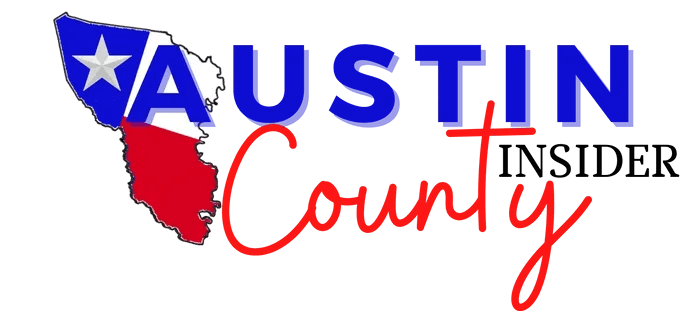
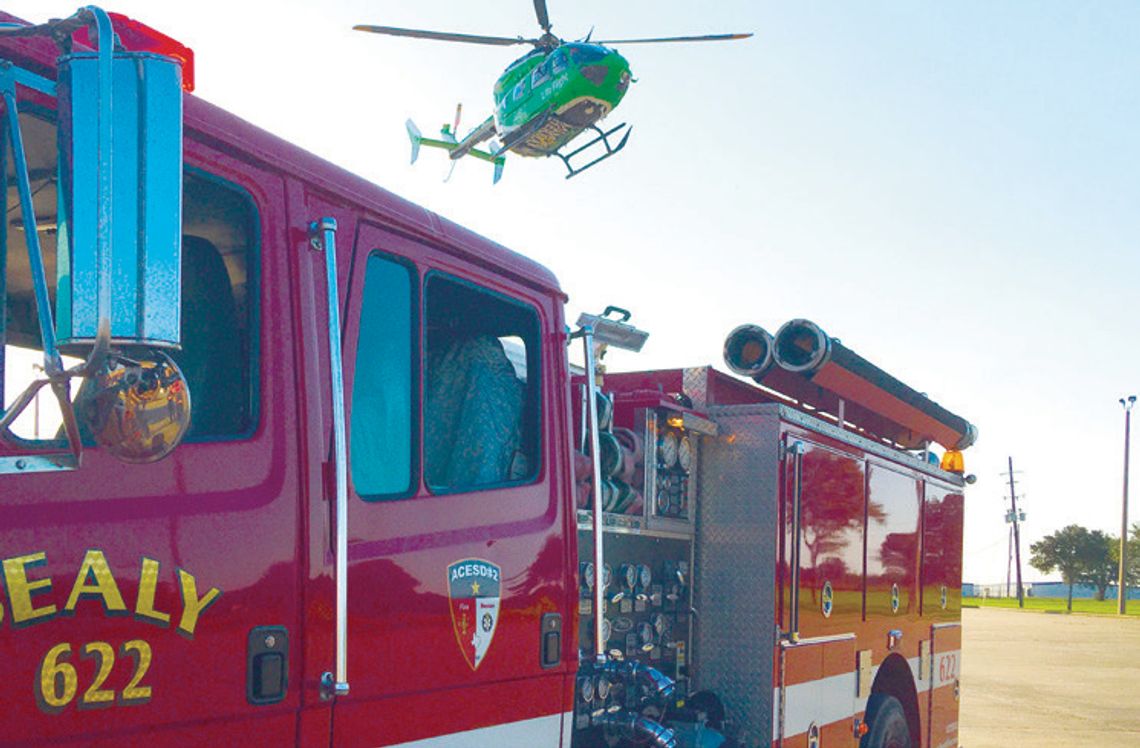


Comment
Comments